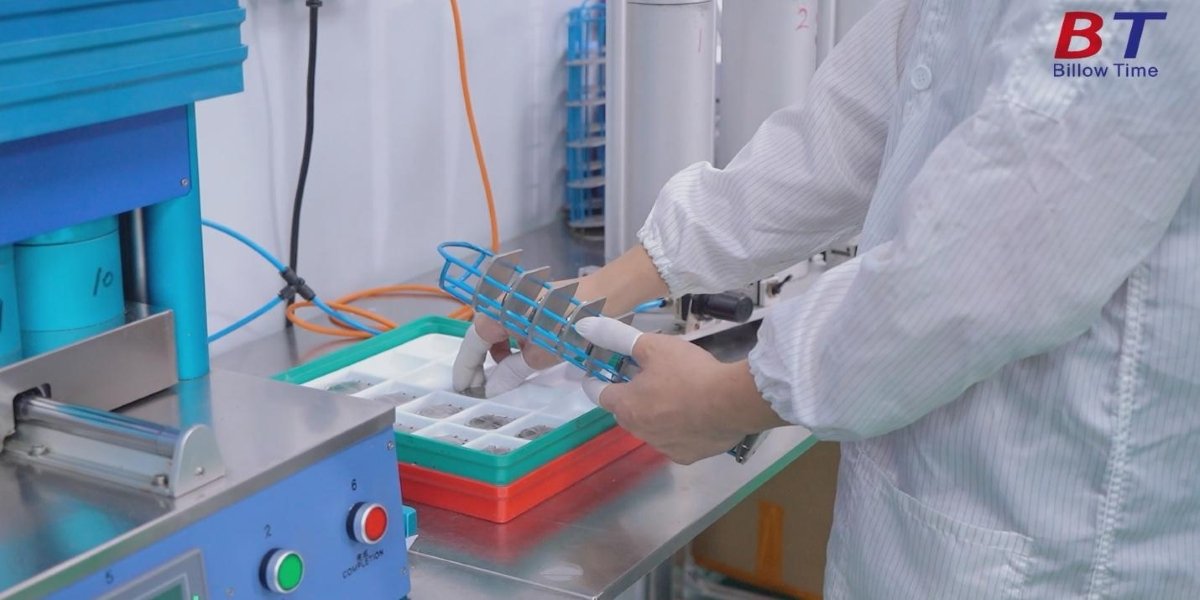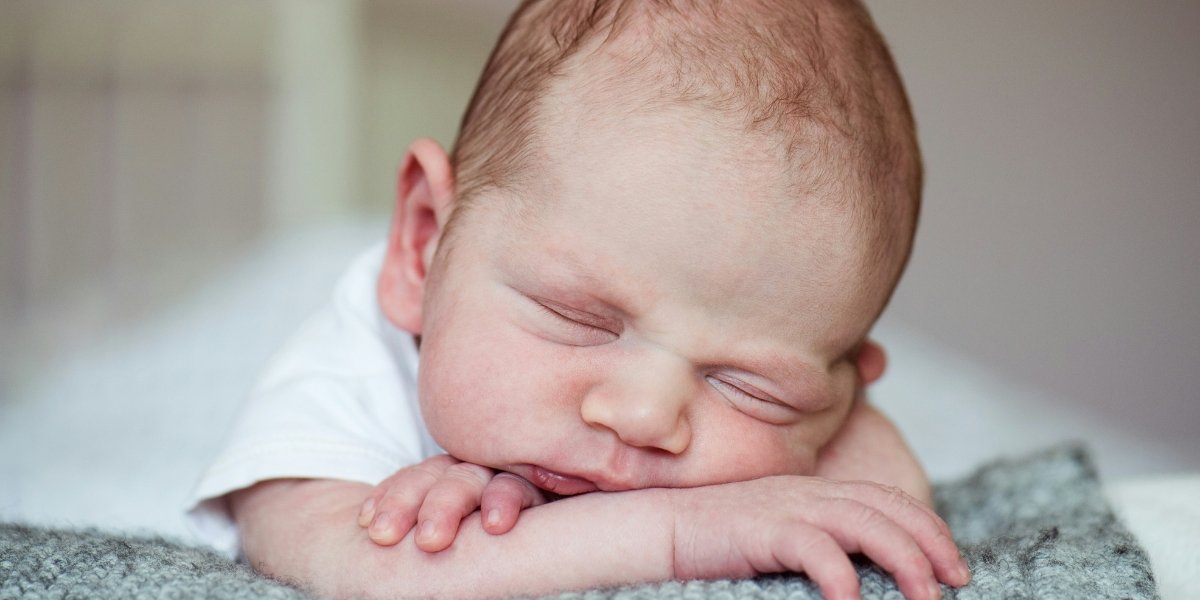For actors, undergoing physical transformations to embody a character is a common practice that can elevate their performances to new heights of authenticity and realism. One aspect of this transformation process is dying hair to prepare for a role. Whether it’s adopting a new hair color to match a character’s appearance or embracing the signs of aging for a more mature role, dying hair is a powerful tool that allows actors to fully immerse themselves in their characters. In this article, we explore the art of dying hair in preparation for acting and the impact it can have on performances.
Understanding the Character
Before dying their hair for a role, actors must first gain a deep understanding of the character they will be portraying. This involves studying the character’s backstory, personality, motivations, and physical appearance. By understanding the nuances of the character, actors can make informed decisions about how best to transform their appearance, including their hair color and style.
Choosing the Right Color
Selecting the right hair color is crucial for effectively transforming into a character. Actors must consider not only the character’s appearance but also the time period and setting of the story. Whether it’s bleaching hair to achieve a platinum blonde look or dyeing it darker to convey a sense of mystery and intrigue, the chosen hair color should enhance the actor’s portrayal of the character and help bring them to life on screen.
Consulting with Professionals
Dying hair for a role is a delicate process that requires the expertise of professional hairstylists and colorists. Actors should work closely with these professionals to ensure that their hair is dyed safely and effectively. From selecting the right hair dye and color to minimizing damage and maintaining the health of their hair, hairstylists can provide invaluable guidance and support throughout the transformation process.
Embracing the Transformation
Undergoing a physical transformation, such as dying hair for a role, can be a transformative experience for actors both mentally and emotionally. Embracing the changes to their appearance allows actors to fully inhabit their characters and explore new facets of their performances. Whether it’s stepping into the shoes of a historical figure or embodying a fictional character from a beloved novel, dying hair can help actors connect more deeply with their roles and deliver more authentic and compelling performances.
Commitment to the Craft
Dying hair for a role requires a high level of commitment and dedication to the craft of acting. It’s not just about changing one’s appearance; it’s about fully immersing oneself in the world of the character and telling their story with honesty and integrity. Actors who are willing to undergo physical transformations for their roles demonstrate a profound commitment to their craft and a willingness to go above and beyond to bring their characters to life.
Impact on Performances
The impact of dying hair for a role can extend beyond just the physical appearance of the actor. It can also have a profound effect on their performances, allowing them to inhabit their characters more fully and convincingly. By embracing the changes to their appearance, actors can tap into new aspects of their characters’ personalities and emotions, resulting in more nuanced and layered performances that resonate with audiences.
Transforming into the Characters
Dying hair to prepare for a role is a common practice among actors that allows them to undergo physical transformations and fully embody their characters. By understanding the character, choosing the right hair color, consulting with professionals, embracing the transformation, and committing to the craft, actors can effectively use dying hair as a tool to enhance their performances and bring their characters to life on screen. Through their dedication and commitment, actors demonstrate the transformative power of the art of acting and the lengths they are willing to go to in order to tell compelling and authentic stories.














